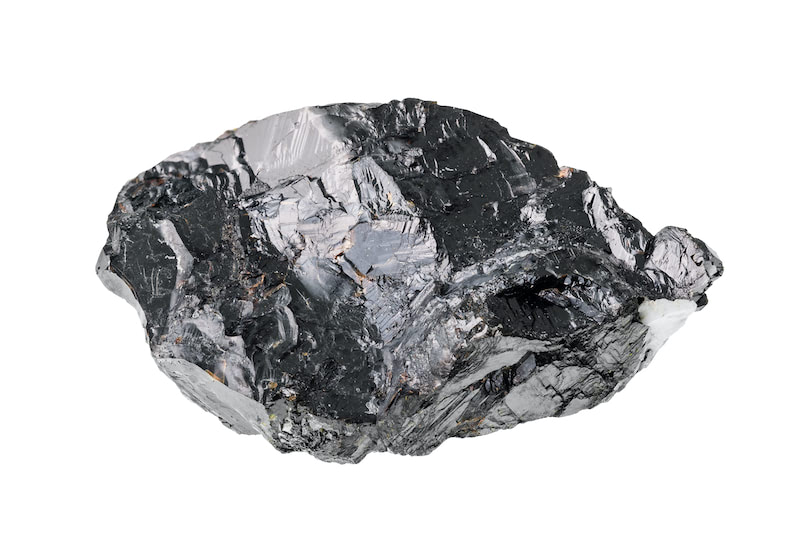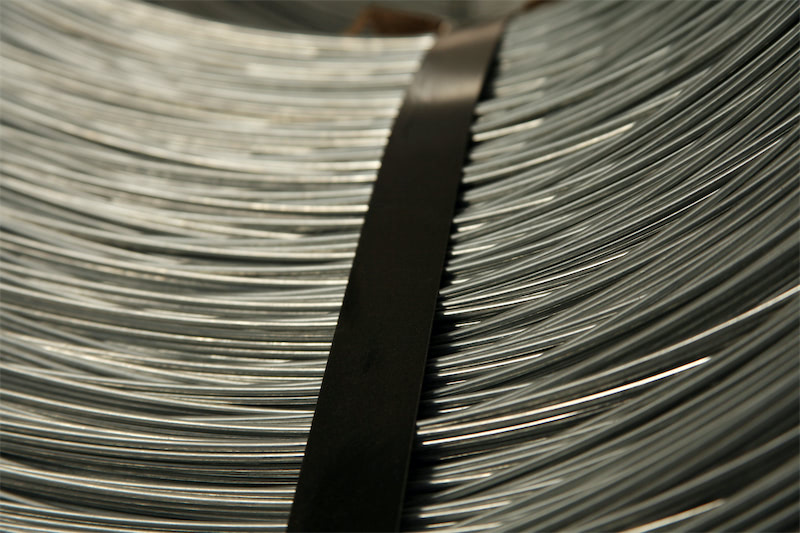






SHANGHAI, May 6 - On May 2, local time, the US Department of Energy announced on its official website that $3.16 billion will be allocated to strengthen the development of the US electric vehicle battery manufacturing industry. Among them, $3.1 billion will be used to invest in new, renovated and expanded facilities relating to electric vehicle batteries, and $60 million will be used for the recycling and reuse of used batteries.
US Energy Secretary Jennifer Granholm said in a statement that the new investments "will wake up our domestic supply chain, make it more secure and less dependent on other countries" and will also "strengthen our clean energy economy, create good-paying jobs and decarbonise the transportation sector".
US not willing to be "left behind" in the battery industry
Funding for the above projects will be allocated by the Department of Energy from the $1 trillion infrastructure bill signed by President Biden last year, which includes more than $7 billion to support the US battery supply chain.
A day after announcing these investment plans, the U.S. Department of Energy announced on May 3 the creation of the Electric Vehicles for American Low-Carbon Living (EVs4ALL) program, with a $45 million investment to support domestic production of advanced electric vehicle batteries in an attempt to address consumer concerns about electric vehicle reliability.
At this point, the Biden administration has invested $7.045 billion (approximately RMB 46.613 billion) in the battery supply chain.
In fact, the Biden administration has issued policies multiple times to support the development of electric vehicles in the United States.
In March 2021 Biden said that $174 billion from the $2 trillion infrastructure plan would be spent on investments in the electric vehicle industry, and the total investment in the infrastructure plan was later scaled back to $1 trillion.
In August, Biden signed an executive order with the goal of achieving 50% of US vehicle sales as new energy vehicles by 2030.
In November, the US House of Representatives passed Biden's $1.75 trillion stimulus bill, which will raise the tax credit for new energy vehicles from $7,500 to a maximum of $12,500.
Yet the reality is this: the world's largest electric car company is currently Tesla, an American company. But in the power battery sector, none of the top 10 companies in the world (the 10 companies hold over 90% of the global market share) is an American company!
And this is precisely the key reason why the Biden administration is eager to accelerate the pace of its comprehensive deployment of the battery chain.
In April this year, Biden launched the Defense Production Act to encourage domestic US companies to produce the minerals needed to make batteries for electric vehicles and long-term energy storage, ensuring the mining and processing of raw materials such as extracted lithium, nickel, cobalt, graphite and manganese.
Europe also wants to escape the "shadow of Asia"
According to market research firm Canalys, China, Europe and the United States are the three largest markets for electric vehicles in the world. In the first quarter of this year, China's lithium battery exports increased by 53.7% year-on-year, with exports to the EU increasing by 66.2% year-on-year.
In addition to the United States' desire to break away from its dependence on Asian manufacturing, Europe has also long set out to strengthen its own battery manufacturing capabilities and supply chain stability.
On April 25, the German Ministry of Economic Affairs said that an association of 11 car manufacturers and battery producers intended to develop a "battery passport" to track the relevant content and carbon footprint of European batteries, with a tentative implementation date of 2026.
On 15 March, the EU carbon tariff policy (Carbon Border Adjustment Mechanism or CBAM) was adopted by the Council of the European Union. The policy will be launched in 2023 and will be fully operational in 2026.
On September 30 2021, the EU announced a €1.7 billion investment plan for the rare earth industry, calling on member governments and manufacturers to support rare earth mining and processing through subsidies and sales quotas, thereby reducing the EU's dependence on Chinese rare earth exports.
In January 2021, the EU officially approved a total of €2.9 billion in aid for the development of the battery industry from 12 member states. The subsidies cover the entire power battery industry chain: upstream mineral extraction, battery design and production and battery recycling, and involve 42 companies, but do not include some well-known Asian battery manufacturers.
A report released last June by the EU NGO Transport and Environment Consortium (T&E) showed that the total number of projects in Europe that have been built or are under construction reached 38, with an estimated total annual production of 1,000 GWh at a cost of more than €40 billion (about RMB 309.1 billion).
As the transition to electrification of European OEMs accelerates, more local European battery companies are expected to be born in the future.
Conclusion
While the world is now marching towards carbon neutrality, the new energy industry, one of the pillar industries, is in full swing in Asia, with Europe and the US still lagging behind. So naturally they are looking for ways to promote, facilitate and accelerate their own deployment.
For queries, please contact Lemon Zhao at lemonzhao@smm.cn
For more information on how to access our research reports, please email service.en@smm.cn

